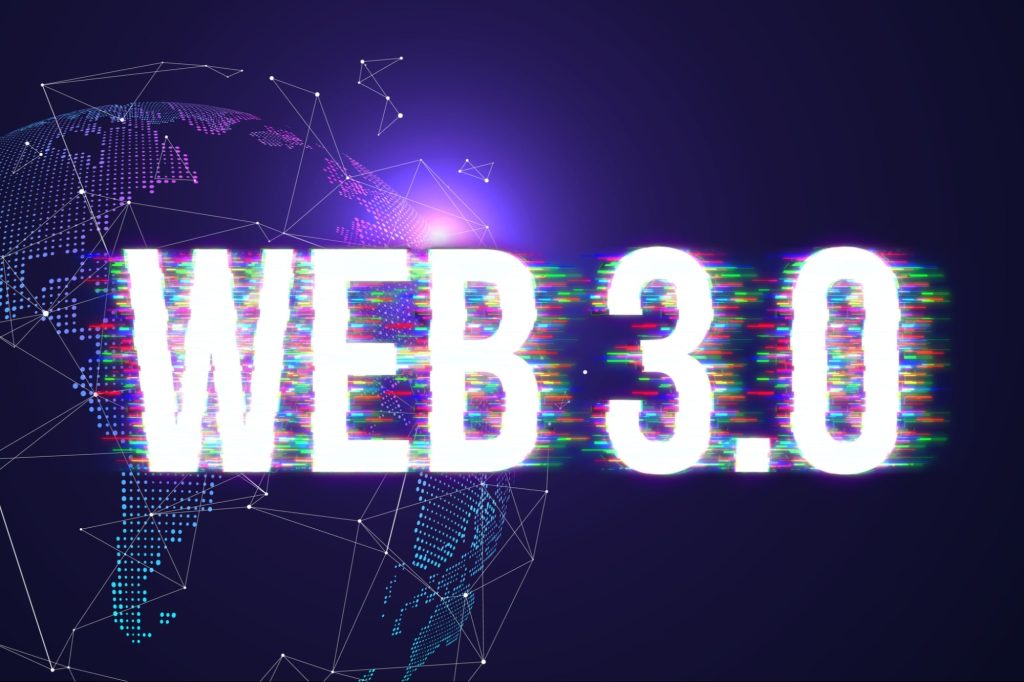
If you are reading this, you are a participant in the contemporary web. Ten years ago, the Internet was very different from what it is today. What has changed about the Internet over time, and more importantly, where is it going? And why does any of this matter, anyway?
If the past indicates, these changes will have a significant effect.

I’ll discuss the evolution of the web, its future directions, and significance in this article.
Think about how the Internet influences your daily activities. Look at the Internet’s impact on society—social media platforms and cellular device applications. And right now, another paradigm shift is taking place on the Internet.
The Development of the Web
The web has undergone significant change over the years, and its applications today are hardly recognizable from those of its infancy. Web 1.0, Web 2.0, and Web 3.0 are the three stages through which the web has evolved.
It is challenging to find Web3 Marketplace Development because the technology is still in its infancy. Most blockchain and cryptocurrency enthusiasts are among the developers who are mastering this new type of the web, destined to transform the Internet in ways we do not yet fully comprehend.
What is Web 1.0, exactly?
Web 1.0 refers to the initial release of the Internet. Most participants consumed content, whereas the creators were typically web developers who built websites with information primarily served in text or image format. Between 1991 and 2004, roughly, was the Web 1.0 era.
Web 1.0 was dominated by static content websites rather than dynamic HTML websites. There was little interaction on the sites, and data and content were served from a static file system rather than a database.
What is Web 2.0, exactly?
Most of us are only familiar with the web in its current iteration, also known as web2. The social and interactive web is another name for Web 2.
In the web2 world, you don’t have to be a developer to participate in the creation process. Many apps have been made so that anyone can easily create them.
You have the power to think about something and communicate it to the rest of the world. Millions of people can view, engage with, and comment on videos that you upload by doing so.
Web2 is quite simple, and because of this, more and more people worldwide are starting to create.
The web is excellent in many ways as it is right now, but there are some areas where we can do much better.
Web3: What is it?
Web3 was developed on decentralized peer-to-peer (P2P) networks like blockchain, in contrast to its forerunners, Web 1.0 and Web 2.0.
The result of both is Web3. A crucial element of cryptocurrencies, blockchain is a byproduct of both. Instead of being limited to a single cloud server, Web3 developers build apps distributed across a blockchain or decentralized peer-to-peer network.
Or, to put it another way, Web3 operates similarly to most cryptocurrencies because it is modeled after the Bitcoin architecture.
What distinguishes this from current Web 2.0? Web 3.0 goes beyond Web 2.0 by giving users more autonomy and making things more transparent and relatable. Web 2.0 is user-centric (users create most content). In Web3, computers significantly impact how information is interpreted at the human level.
There are several ways in which Web3 differs from Web 2.0: it is verifiable, self-governing, permissionless, distributed, stateless, and has integrated payment systems (cryptocurrency).
Web 2.0 now has an excessive amount of content and information, the majority of which is useless to regular users due to this lack of transparency and verification. Additionally, it lacks security, which explains why so many hackers, identity theft, and other types of cybercrime are on the rise.
Any application created using Web3 would be created and owned by the users, who would take part in its development and upkeep in exchange for a stake in the company. This is precisely how Bitcoin functions, with miners receiving Bitcoins in exchange for performing computational tasks that speed up transactions.
Decentralized applications, also referred to as “dApps,” are Web3 applications. You can anticipate hearing this phrase a lot more shortly.
An efficient Web3 developer is familiar with the fundamentals of Web3, is proficient in the necessary programming languages, and uses the right technology stack to support their development efforts.
What does the average user know about Web3?
Regular users who are not experts or knowledgeable about Web 3.0 see the technology as a utopian Internet where the user is at the center of everything. The community will manage the Internet because it will be decentralized. Another technology where the internet will be a future is the Metaverse. Metaverse is like a virtual reality (VR) where a person can enjoy the whole incident while sitting. Many Business people have hired Metaverse Platform Developers for building technology like metaverse.
Businesses won’t be collecting and using user data without that person’s consent to make money. Users only need to express their thoughts; the Internet will handle the rest.






